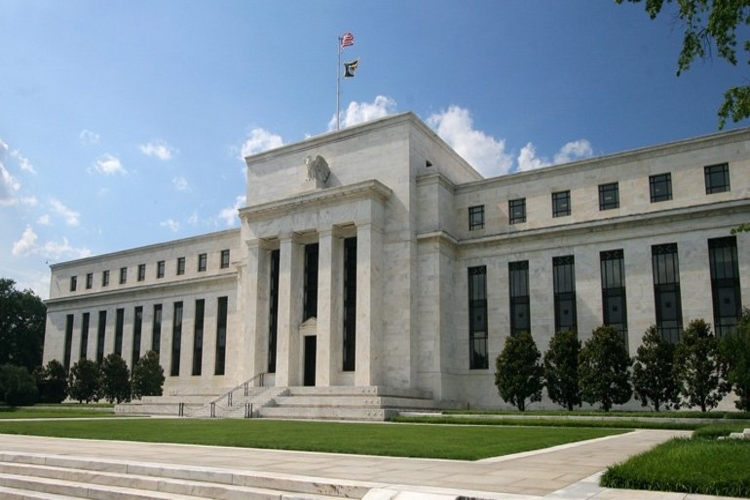Understanding the Federal Funds Rate
“The Fed is meeting to discuss interest rates” is a phrase that is used frequently in the media, typically surrounded by heated discussion of what effects the decision will have. But what exactly is this rate, how is it determined, and what does it mean for the economy?
About the Federal Funds Rate
The Federal Funds Rate is set by the Federal Open Market Committee of the Federal Reserve (the FOMC) based on recent economic activity. The FOMC decides how much interest a depository (such as a bank, credit union, or other institution that holds tradable securities) charges on an overnight loan to another depository.
The Necessity of Intragovernmental Lending
Central banks are legally required to carry a minimum amount of capital at the end of the business day in order to ensure they can execute daily transactions. So if a bank or other depository has excess capital, they can lend it to another bank that may have a shortfall. This “overnight loan” is lent at a low interest rate set by the FOMC. To set this rate, the FOMC meets eight times per year, or approximately once every seven weeks, and considers recent economic and financial statistics to determine what the rate should be.
What the Rate Indicates
The Federal Funds Rate is reflective of the health of the US economy. If capital is more liquid in banks, the interest is higher. However, in times when money is harder to come by, the rates are lowered to make the money more liquid. Because the rate correlates with liquidity of capital, banks use this to determine their own short-term interest rates on deposits, credit cards, adjustable mortgages and other personal loans.
Historical Significance
In the 1980s, when inflation rates were high, the FOMC set aggressively higher overnight rates in order to combat soaring prices and lower liquidity. Conversely, after the great Recession of the mid-2000s, the FOMC set a low rate in order to stimulate liquidity of capital between banks.
At the most recent meeting on June 13, 2018, the FOMC raised rates by 0.25% from 1.75% up to 2.00%. This is the second time they have hiked rates this year, indicating market confidence. Of course, economists and the media all around the world will continue to keep on eye on the decisions made during each FOMC meeting.


